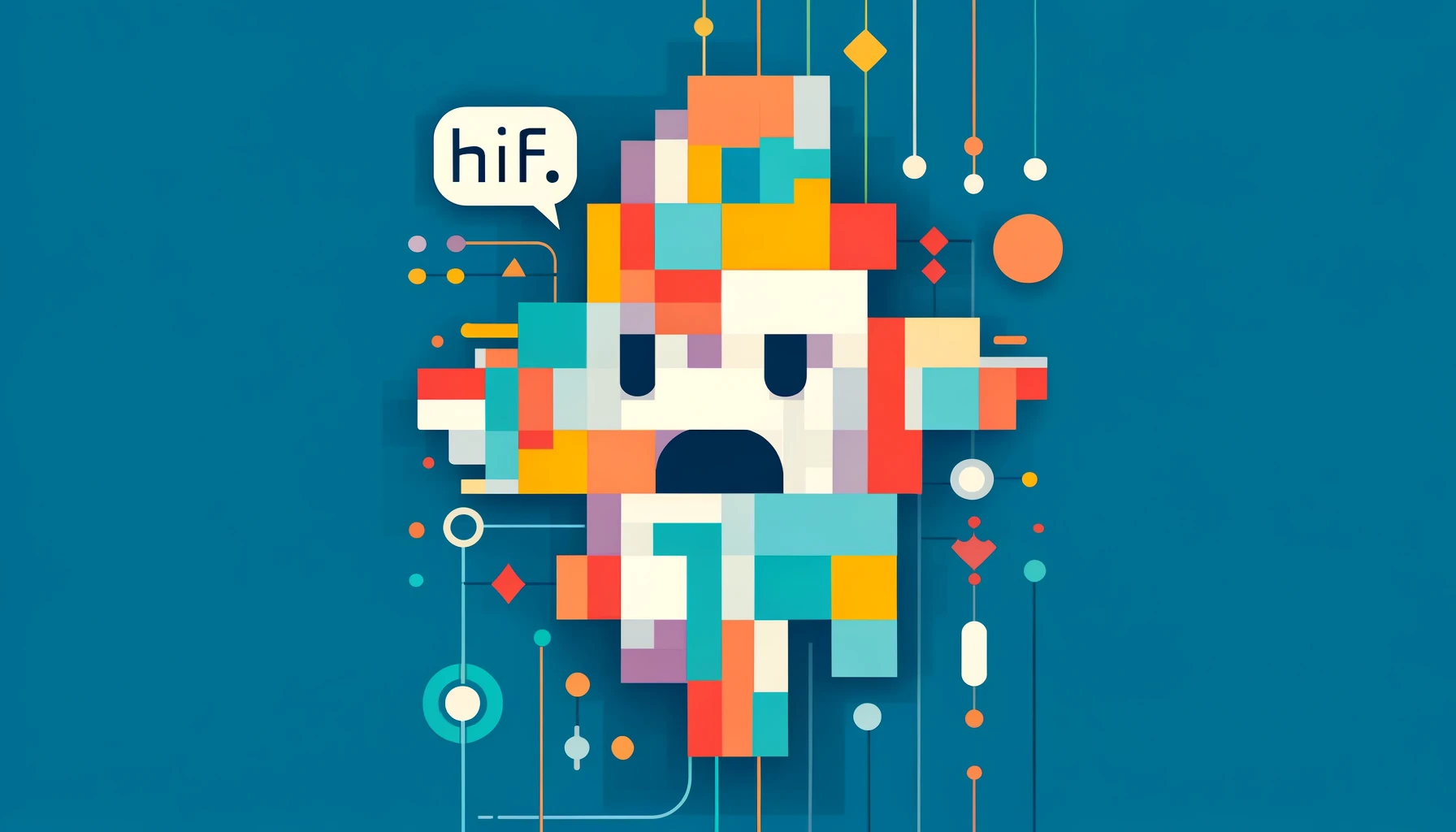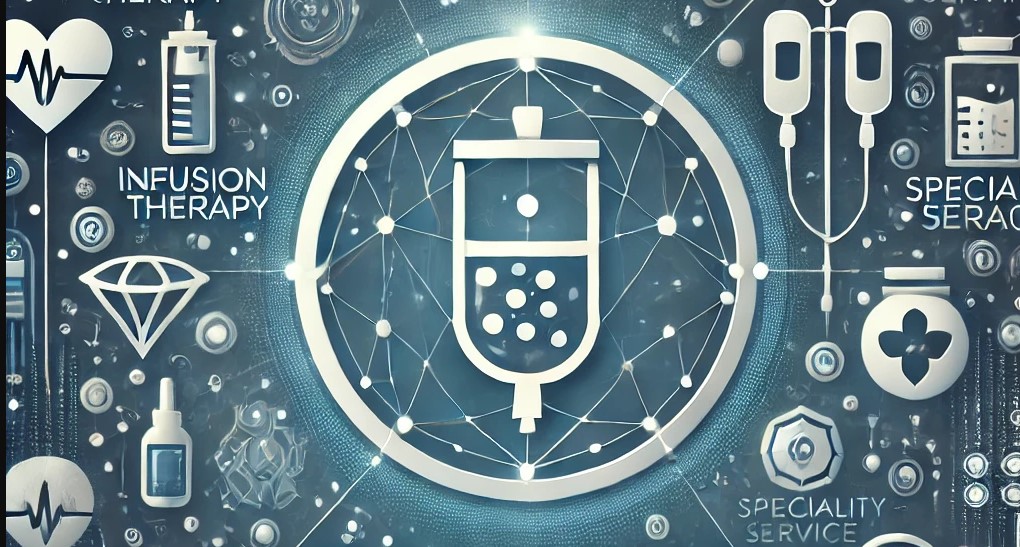In a digital age where artificial intelligence (AI) is rapidly evolving, social media users have taken an unconventional but impactful approach to scrutinizing new AI features. By employing memes, a modern-day cultural phenomenon, these users have effectively become red teams, exposing flaws and provoking discussions that tech developers can’t ignore.
The Rise of Memes as Critical Tools
In recent months, users across platforms like Twitter, Reddit, and Instagram have ramped up their use of memes to highlight issues in AI implementations. This trend has gained momentum, especially as tech giants continuously roll out AI-driven features that are still in their experimental stages. From humorous takes on AI-generated content mishaps to poignant critiques of ethical concerns, memes have become a powerful tool in the hands of the digitally savvy.
The phenomenon was particularly evident in the backlash against a recent update by a leading social media company. The update, intended to enhance user experience with smarter content recommendations, instead triggered widespread criticism. Users quickly turned to memes to voice their frustrations, showcasing instances where the AI misfired—suggesting irrelevant or inappropriate content.
Why Memes Work: Context and Impact
Memes work effectively as a form of critique because they are concise, engaging, and highly shareable. They distill complex issues into digestible formats that can go viral within hours. This viral nature ensures that feedback reaches a broad audience, including the developers and decision-makers at tech companies.
Moreover, memes tap into a rich vein of cultural references, making them relatable and more likely to resonate with a diverse user base. This relatability is crucial for amplifying the message and sparking widespread conversations about the limitations and potential dangers of half-baked AI features.
One notable example was the reaction to an AI feature meant to detect and filter out offensive content. Users quickly discovered and shared, through memes, numerous false positives where innocuous posts were flagged, while genuinely harmful content slipped through. This not only highlighted the AI’s current inadequacies but also raised concerns about over-reliance on automated moderation.
Memes as a Form of User-Led Quality Control
From my perspective, the use of memes represents a form of grassroots quality control. Traditional methods of beta testing and user feedback are often limited by the scope and demographic of participants. In contrast, social media’s meme culture engages a vast, varied, and often more critical user base.
This user-driven scrutiny has significant implications. For one, it democratizes the process of identifying and addressing flaws in AI systems. It also puts pressure on companies to be more transparent and responsive to user feedback. In many cases, the rapid spread of meme-based critiques has forced swift action from developers, who are keen to mitigate negative publicity and user dissatisfaction.
However, there are downsides to this approach. The viral nature of memes can sometimes amplify misunderstandings or oversimplify issues, leading to misinformed backlash. Additionally, while memes can highlight problems, they rarely offer solutions, leaving developers to sift through noise to find constructive feedback.
The Future of User-Developer Interaction
As I see it, the dynamic between users and developers is evolving, with memes playing a pivotal role in this transformation. Tech companies can harness this trend by actively monitoring meme-driven feedback and engaging with users in these spaces. By doing so, they can turn potential PR crises into opportunities for dialogue and improvement.
Incorporating memes into official feedback mechanisms could also bridge the gap between informal user input and formal development processes. For instance, companies could create channels dedicated to collecting and analyzing meme-based critiques, ensuring that valid points are addressed systematically.
Ultimately, the meme phenomenon underscores a broader shift towards more participatory and transparent tech development. As AI continues to advance, the collective voice of users, expressed through memes and other means, will be crucial in shaping technologies that are not only innovative but also user-friendly and ethically sound.






